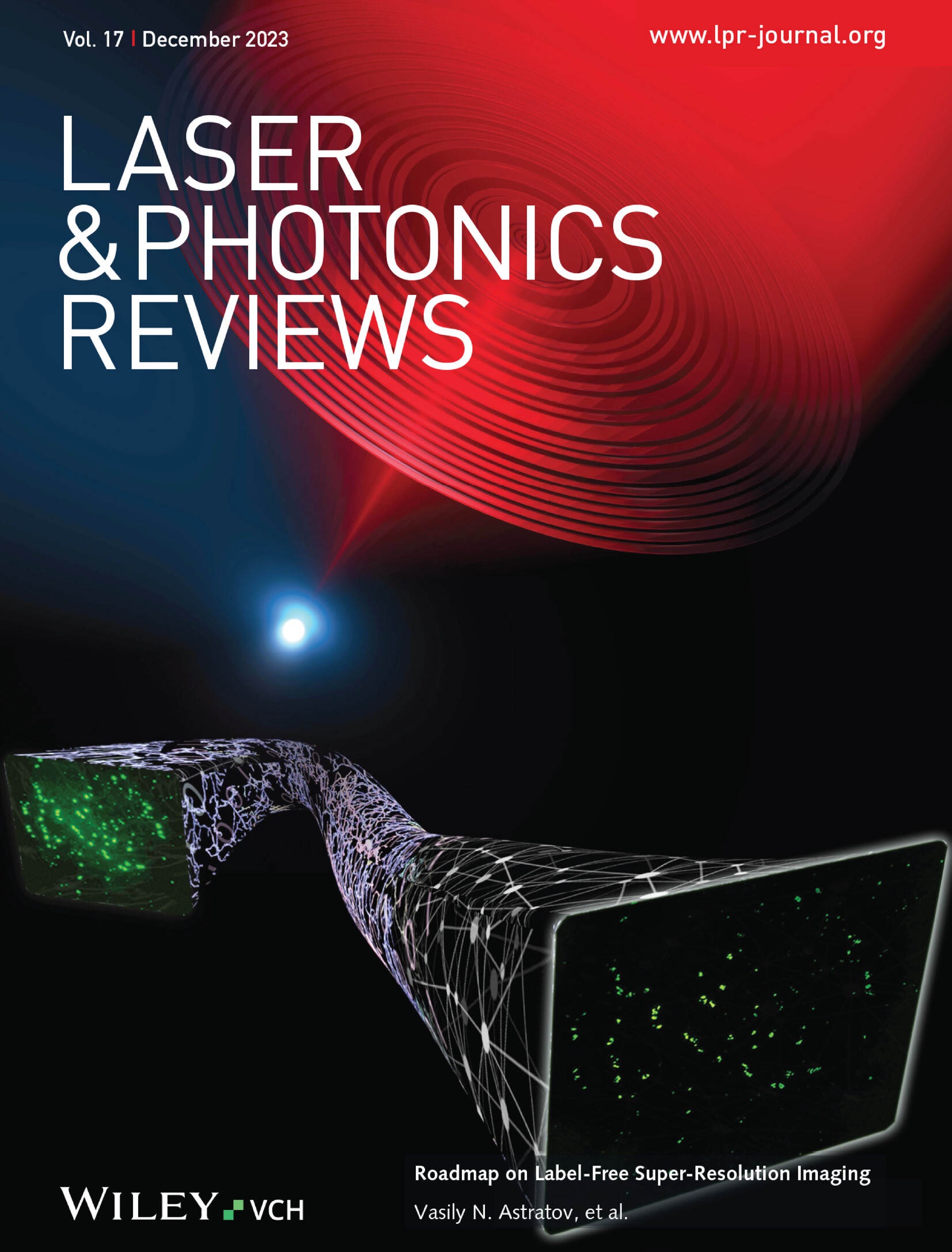用于量子通信的中红外和电信波段双色纠缠源
IF 9.8
1区 物理与天体物理
Q1 OPTICS
引用次数: 0
摘要
由于太阳背景辐射造成的高噪声,现有的卫星自由空间量子通信实验主要在夜间进行,阻碍了建立实用的、全天候的、实时的全球尺度量子网络。2-5 μ m中红外波段具有极低的太阳背景辐射和较强的抗散射能力,是自由空间量子通信的理想波段之一。本文首先报道了高质量MIR (3370 nm)和电信波段(1555 nm)双色偏振纠缠光子源的制备,并通过频率上转换工艺对MIR光子进行了有效检测。然后,利用该源在实验室中实现了基于自由空间和光纤混合信道的原理量子密钥分配。这项工作代表了朝着开发全天候全球规模量子通信网络迈出的重要一步。本文章由计算机程序翻译,如有差异,请以英文原文为准。
Mid‐Infrared and Telecom Band Two‐Color Entanglement Source for Quantum Communication
Due to the high noise caused by solar background radiation, the existing satellite‐based free‐space quantum communication experiments are mainly carried out at night, hindering the establishment of a practical, all‐day, real‐time global‐scale quantum network. Given that the 2–5 µm mid‐infrared (MIR) band has extremely low solar background radiation and strong scattering resistance, it is one of the ideal bands for free‐space quantum communication. Here, first, on the preparation of a high‐quality MIR (3370 nm) and telecom band (1555 nm) two‐color polarization‐entangled photon source is reported, and the effective detection of MIR photons through a frequency upconversion process. Then, the source is used to realize a principle quantum key distribution based on free‐space and fiber hybrid channels in a laboratory. This work represents a significant step toward developing all‐day global‐scale quantum communication networks.
求助全文
通过发布文献求助,成功后即可免费获取论文全文。
去求助
来源期刊
CiteScore
14.20
自引率
5.50%
发文量
314
审稿时长
2 months
期刊介绍:
Laser & Photonics Reviews is a reputable journal that publishes high-quality Reviews, original Research Articles, and Perspectives in the field of photonics and optics. It covers both theoretical and experimental aspects, including recent groundbreaking research, specific advancements, and innovative applications.
As evidence of its impact and recognition, Laser & Photonics Reviews boasts a remarkable 2022 Impact Factor of 11.0, according to the Journal Citation Reports from Clarivate Analytics (2023). Moreover, it holds impressive rankings in the InCites Journal Citation Reports: in 2021, it was ranked 6th out of 101 in the field of Optics, 15th out of 161 in Applied Physics, and 12th out of 69 in Condensed Matter Physics.
The journal uses the ISSN numbers 1863-8880 for print and 1863-8899 for online publications.

 求助内容:
求助内容: 应助结果提醒方式:
应助结果提醒方式:


